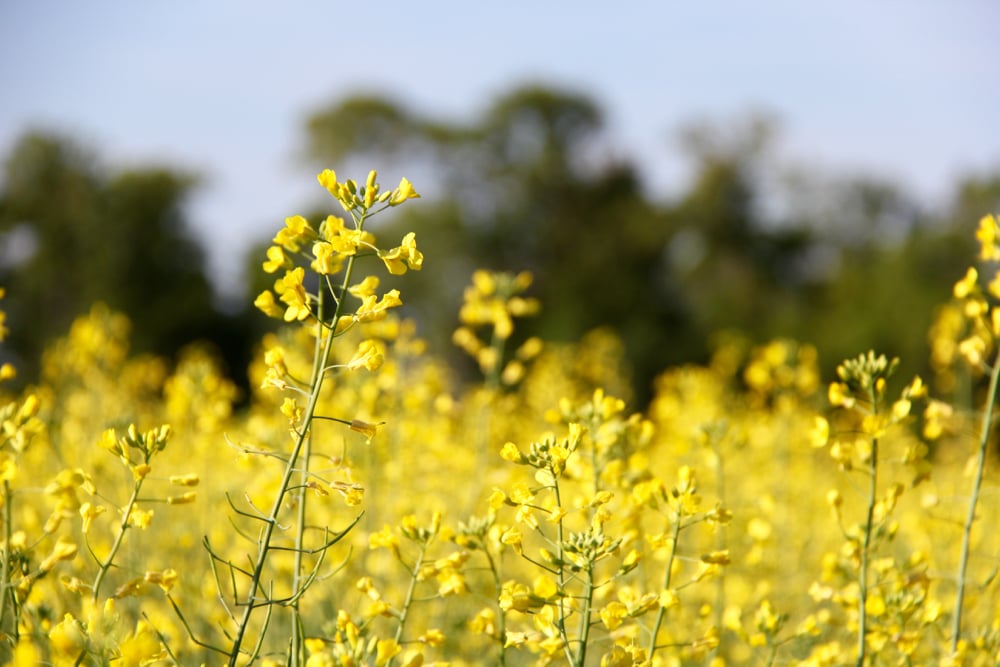Canola contracts on the ICE Futures Canada platform moved lower during the week ending Wednesday, setting fresh contract lows in the process.
Speculative selling and relatively favourable crop conditions across Western Canada weighed on values. While the downtrend remains firmly in place, an analyst said prices could easily see a sizeable corrective bounce if any weather issues materialize.
Canola crops in Manitoba and Saskatchewan are behind normal in their development, according to provincial reports. While Alberta fields are farther along, the traditional first frost dates are also earlier in that province.
Read Also

ICE Weekly: Trade progress, new data threaten to break canola’s price range
Canola futures could be affected by trade progress between Canada and China as well as the USDA’s November supply and demand estimates.
Cool and moist conditions across the Prairies have led to a lengthy flowering period, which means that yields are shaping up to be really good. A lack of any significant disease issues was also noted.
“It’s still flowering all over the place,” said Wayne Palmer, senior market analyst with Agri-Trend Marketing. He said the lateness of the crop was keeping farmers from selling, as they wait for a firmer picture of what will actually be harvested.
While canola is doing well under the current conditions, “even a historical frost will kill off a lot of this crop, because it’s late,” said Palmer. If the crop can get off before a frost, production will be very large which is accounting for the current weakness in the futures.
However, the market is also very oversold, with fund traders said to be holding a net short position of about 38,000 contracts, according to Palmer.
“If there’s a spark that takes this market higher and everybody is oversold, this thing will knee-jerk react more than it normally would,” he said.
“If we get even the threat of frost, it will go up C$40 to C$50 per tonne, because everyone will want out,” said Palmer. In addition, those producers who haven’t sold won’t be selling on the move higher, “because they’ll be the ones getting frost.”
— Phil Franz-Warkentin writes for Commodity News Service Canada, a Winnipeg company specializing in grain and commodity market reporting.















